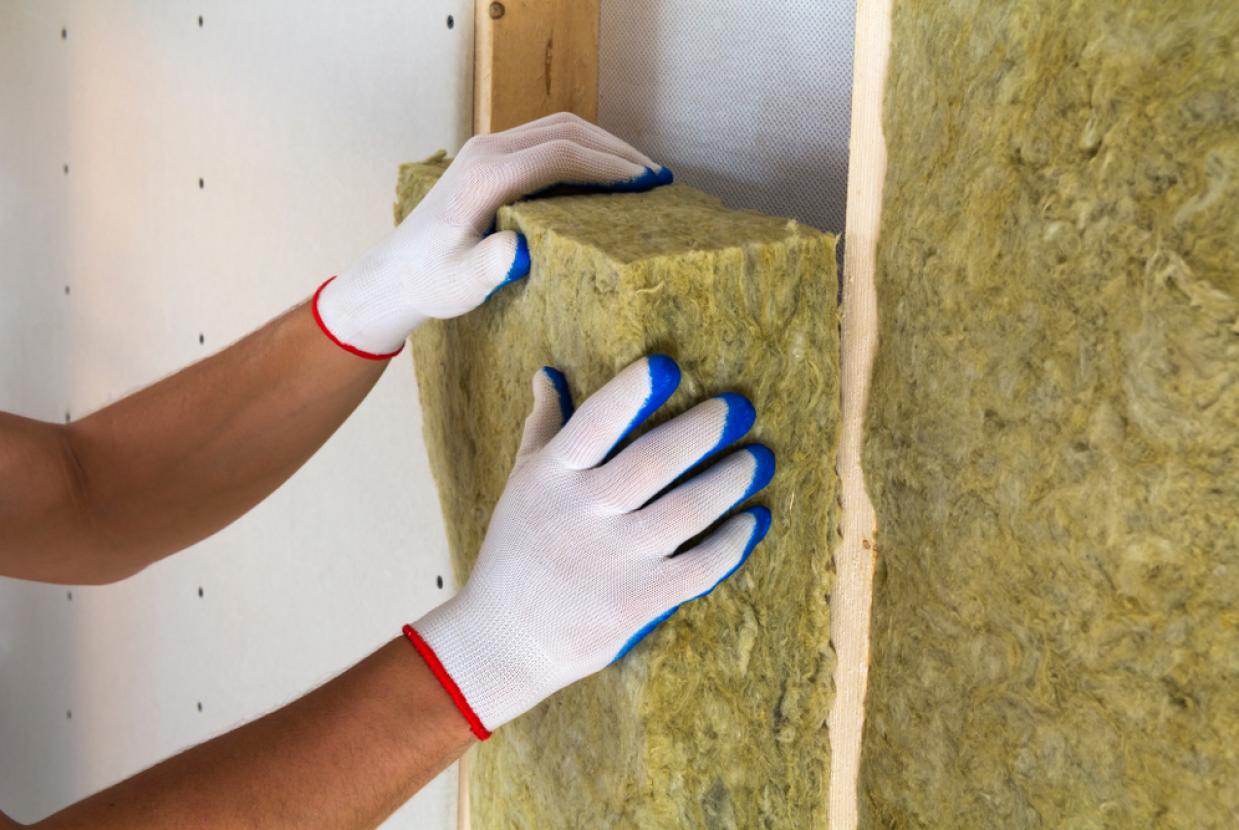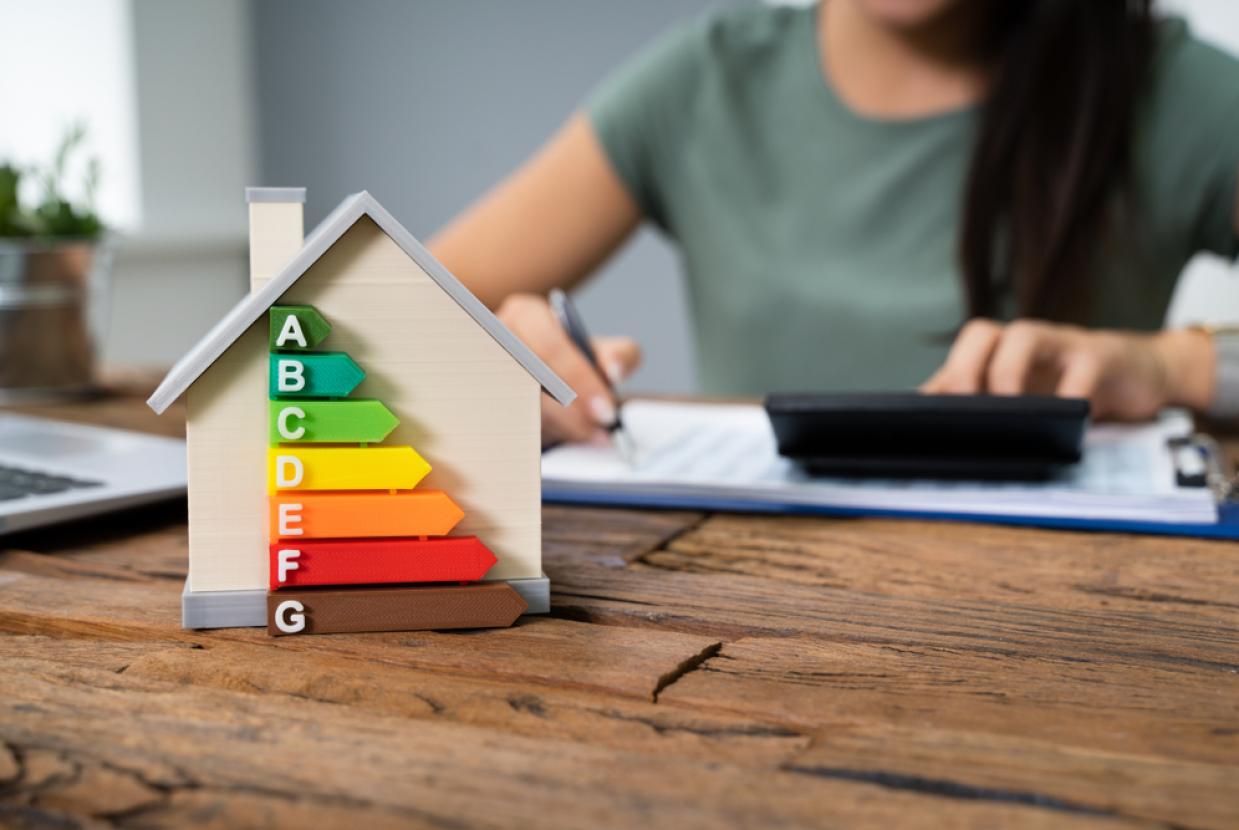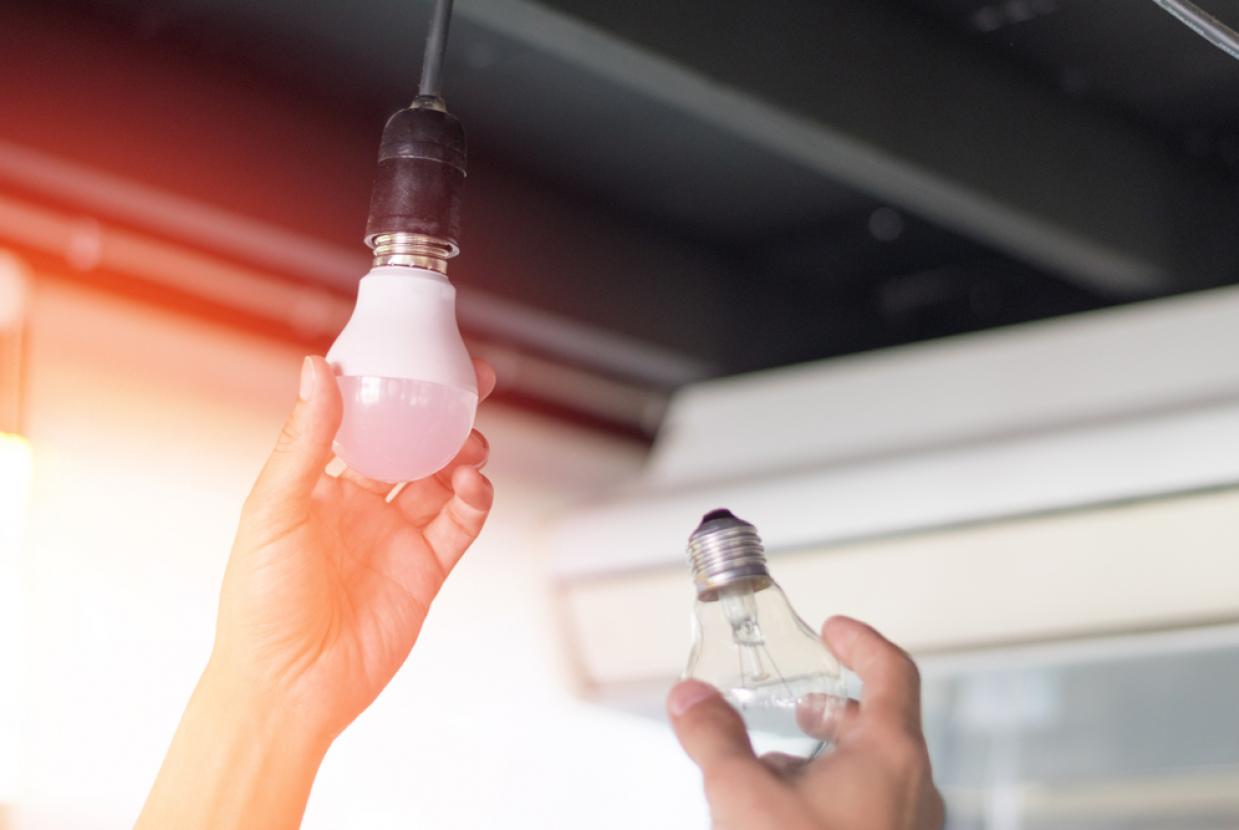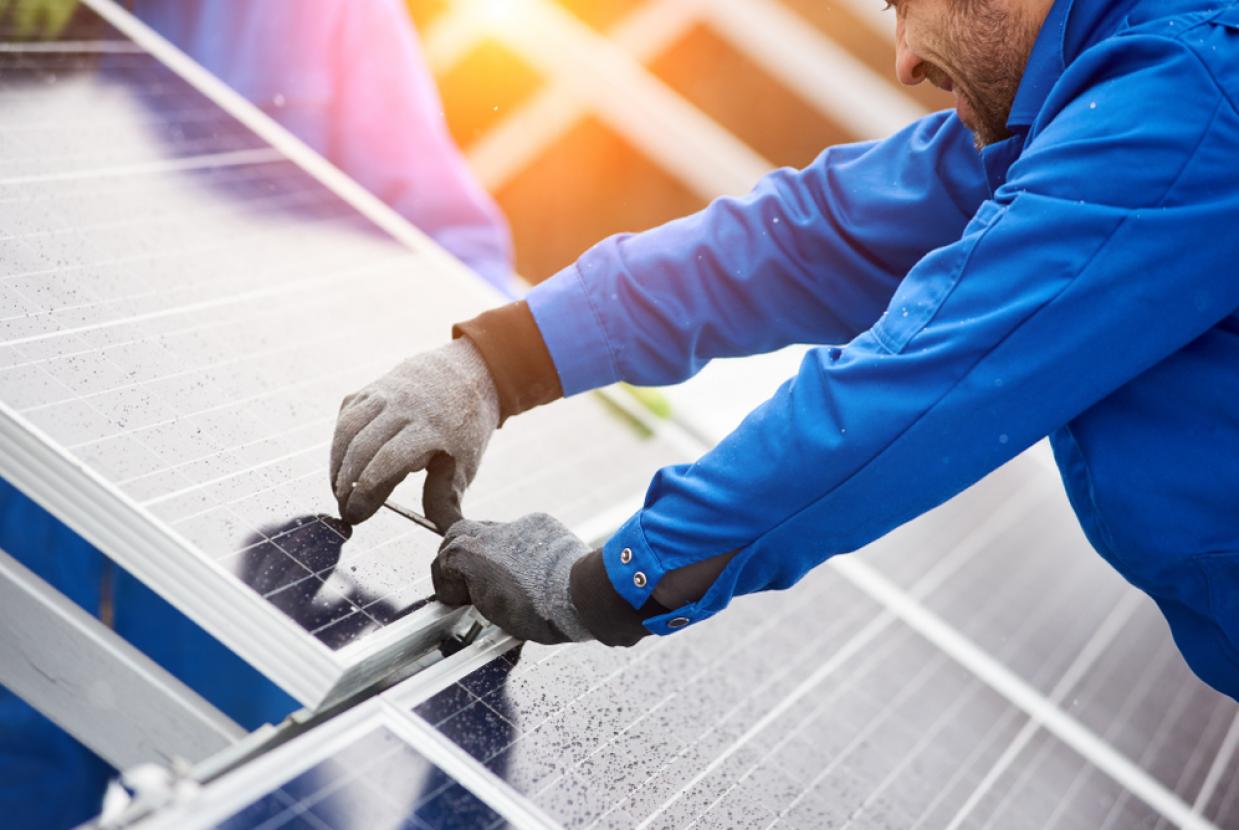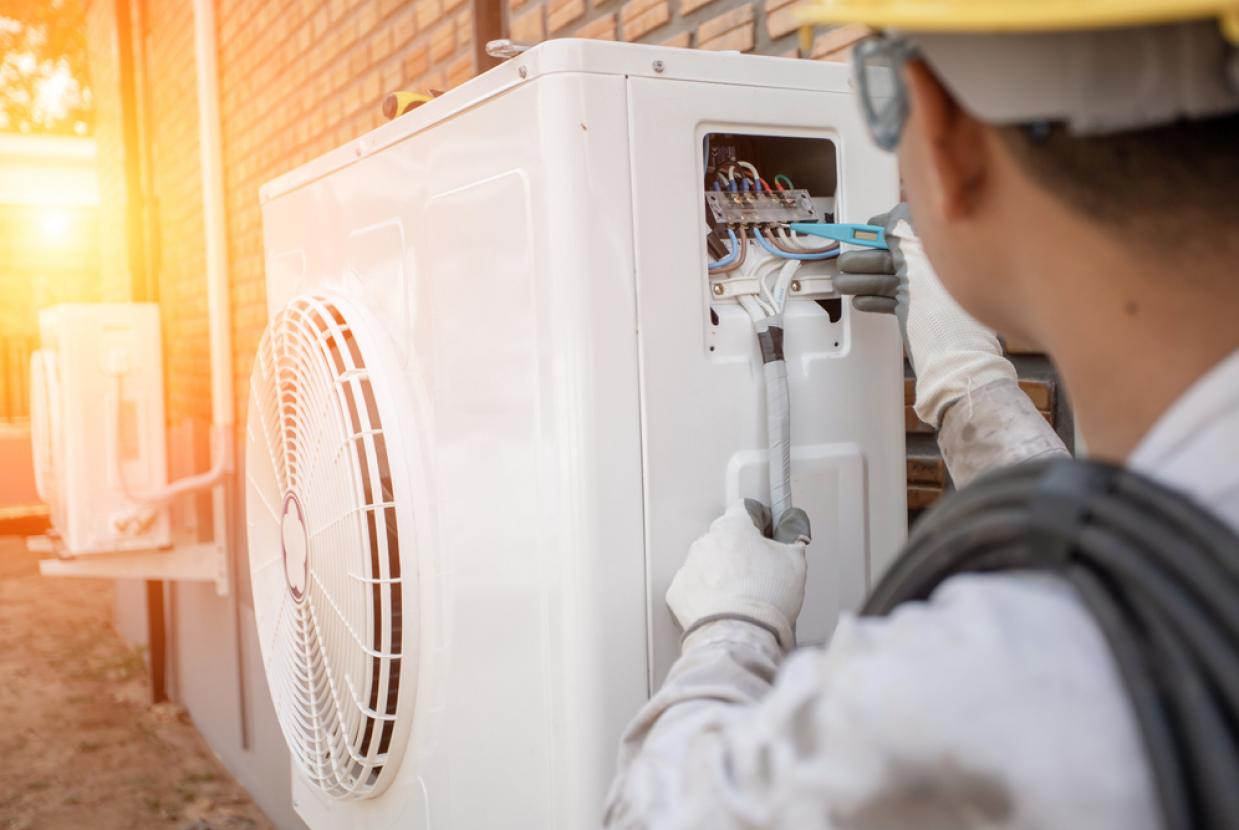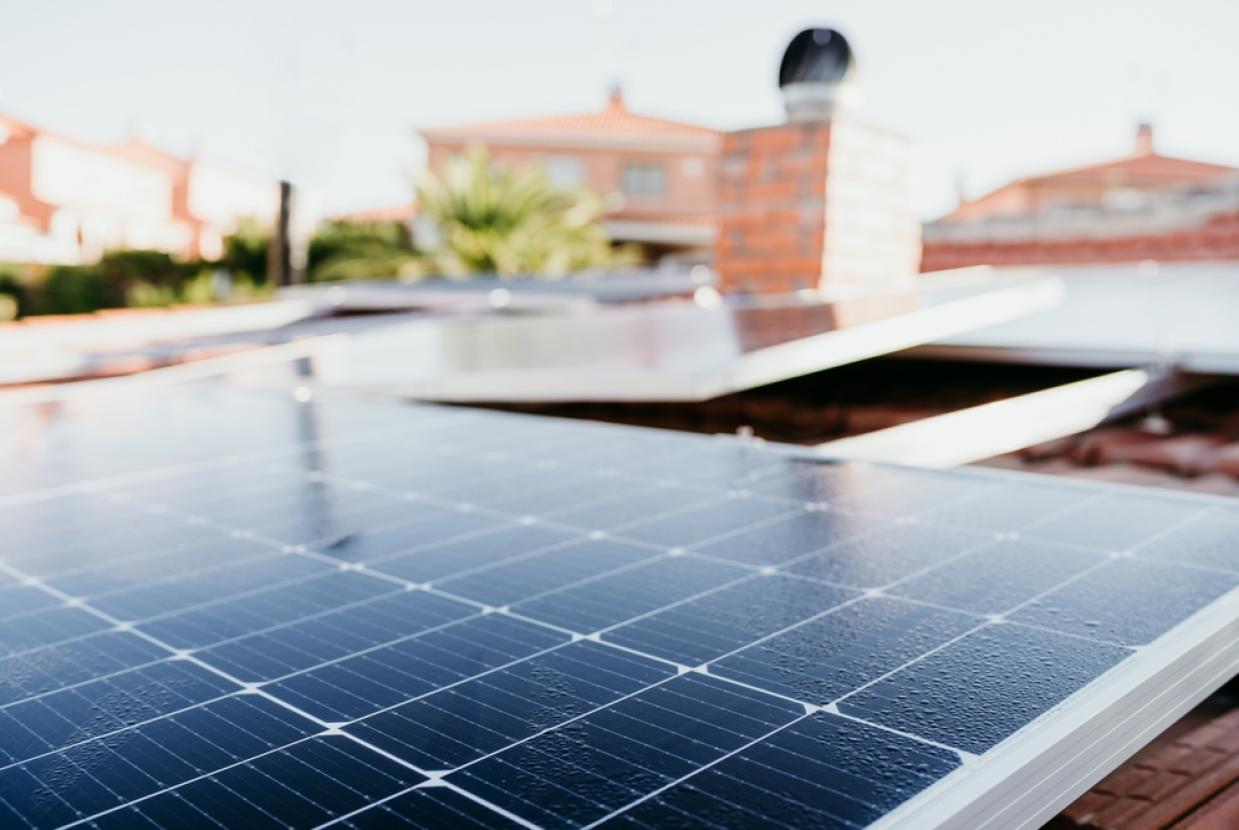Insulation
High levels of insulation will help your home stay warm and help to keep it heated as efficiently as possible. Adopting some of the measures below could also significantly reduce your energy bills whilst reducing your carbon dioxide emissions.
Cavity wall insulation
Uninsulated cavities can add up to 25 per cent onto your heating bill. Installing cavity wall insulation is a fairly simple process that can take just a couple of hours for a typical three-bedroom house. The insulation is blown into the cavity from the outside and disruption to the householder is minimal.
Solid wall insulation
If you have solid walls you can have a decorative, weatherproof insulating treatment on the outside of your walls. Or, you can add ready made insulation boards internally. Solid wall insulation can be expensive so the ideal time to do it is when your walls need some other corrective work. In the shorter term, you could install reflective radiator panels behind radiators on external walls.
Loft insulation
Loft insulation is easy to install - you can even do it yourself. Even if you already have loft insulation, check its thickness. Adding another layer to bring it up to the recommended 270 mm will save energy and money.
Lagging and draught proofing
Make sure that your hot water cylinder has an insulating jacket with no gaps around it. Lag the pipe work around the cylinder also. Use draught proofing around windows and doors to make sure heat is not lost through gaps in the fabric of the home, while maintaining adequate ventilation. If you can feel cold air coming in, it means warm air is going out the same way.
Double glazing
Double glazing can help cut your heating bills. It can be an expensive measure to carry out so it is best done when the windows become defective and need to be replaced anyway. As homes become more highly insulated and air tight it is important to make sure there is adequate ventilation for a healthy and comfortable living environment.
Under-floor insulation
Under-floor insulation can help keep the warmth in.
Remember to ventilate
As homes become more highly insulated and airtight it is important to make sure there is adequate ventilation.
Available grants
Households in Northern Ireland may qualify for financial support towards the cost of loft and cavity wall insulation. Affordable Warmth Scheme & Northern Ireland Sustainable Energy Programme.
NI Energy Advice
NI Energy Advice offers independent and impartial energy advice to domestic householders in Northern Ireland - plus referrals to energy grants and other sources of help. NI Energy Advice - Get in touch
Take control of your heating
You can cut out a surprising amount of wasted energy with clever use of your central heating controls. These can include:
- thermostats for heating and hot water
- radiator valves with thermostats included
- electronic timers
- Taking a few simple steps can save you money:
- using the timer makes sure the heating is only on when you need it
- when you move house, ask the landlord or the people moving out to show you how the controls work
- if you're having a new boiler or hot water cylinder put in, ask the installer to talk you through the controls - and ask for a follow-up visit
- try turning the thermostat down by just one degree Celsius - you could save as much as 10 per cent on heating bills
Choose an energy efficient boiler
More than 80 per cent of home energy use is for heating and hot water. So, getting a more energy efficient boiler can make a very big difference. Look out for the energy saving recommended label when you're choosing a new boiler. It can only be used on the most energy efficient products, usually the top 20 per cent of those available.
Switch to renewable energy sources for your heating
Renewable energy can sometimes be an option for both heating and powering homes. Visit the Renewables section of the website to find out more on the practicalities of using different renewable energy technologies.
The most common methods of renewable energy:
- solar power uses the sun's energy either to directly heat water (solar water heating) or to generate electricity (Photovoltaic or Solar PV)
- wind power can be used to generate electricity using turbines
- running water can also be used to generate electricity using a turbine
- biomass (plant products or animal waste) can be burnt to heat your home or to heat water - the most common fuel used is wood, although plant oils, sugar cane and other crops can also be used (if you live in a smoke control area, you can get advice about what fuels you can burn from your council)
- ground source heat pumps make use of heat stored in the ground to pre-heat water for the heating system - this water is then heated to the required standard using electricity


